The typically developing paediatric foot: how flat should it be? A systematic review
- PMID: 28814975
- PMCID: PMC5558233
- DOI: 10.1186/s13047-017-0218-1
The typically developing paediatric foot: how flat should it be? A systematic review
Abstract
Background: All typically developing children are born with flexible flat feet, progressively developing a medial longitudinal arch during the first decade of their lives. Whilst the child's foot is expected to be flat, there is currently no consensus as to how flat this foot should be. Furthermore, whilst feet are observed to decrease in flatness with increasing age, it is not known how flat they should be at each age increment. The objective of this systematic review is to define the postural characteristics of the 'typically' developing paediatric foot.
Methods: The PRISMA protocol was applied to compare all data currently published describing the typical development of the paediatric foot. The Epidemiological Appraisal Instrument (EAI) was used to assess the risk of bias of the included studies.
Results: Thirty four epidemiological papers pertaining to the development of the paediatric foot were graphically compared. Sixteen different foot posture assessments were identified of which footprint based measures were the most reported outcome.
Conclusion: Firstly, the use of the term normal in relation to foot posture is misleading in the categorisation of the paediatric foot, as indeed a flat foot posture is a normal finding at specific ages. Secondly, the foot posture of the developing child is indeed age dependent and has been shown to change over time. Thirdly, no firm conclusion could be reached as to which age the foot posture of children ceases to develop further, as no two foot measures are comparable, therefore future research needs to consider the development of consensus recommendations as to the measurement of the paediatric foot, using valid and reliable assessment tools.
Keywords: Children; Flat foot; Foot development; Foot posture; Paediatric foot; Systematic review.
Conflict of interest statement
Ethics approval and consent to participate
Not applicable.
Consent for publication
Not applicable.
Competing interests
No financial or non-financial competing interests exist for the authors of this systematic review.
Publisher’s Note
Springer Nature remains neutral with regard to jurisdictional claims in published maps and institutional affiliations.
Figures

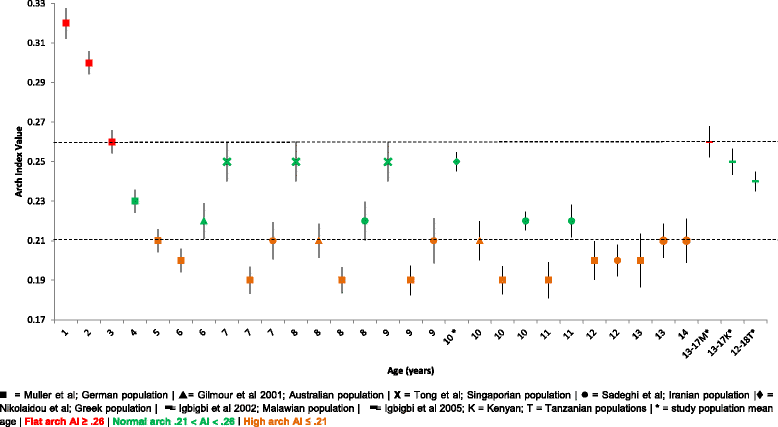
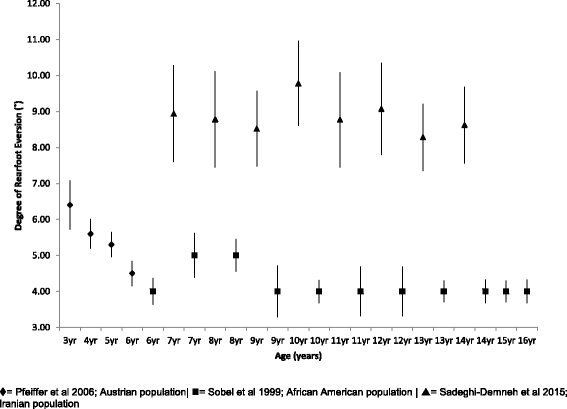


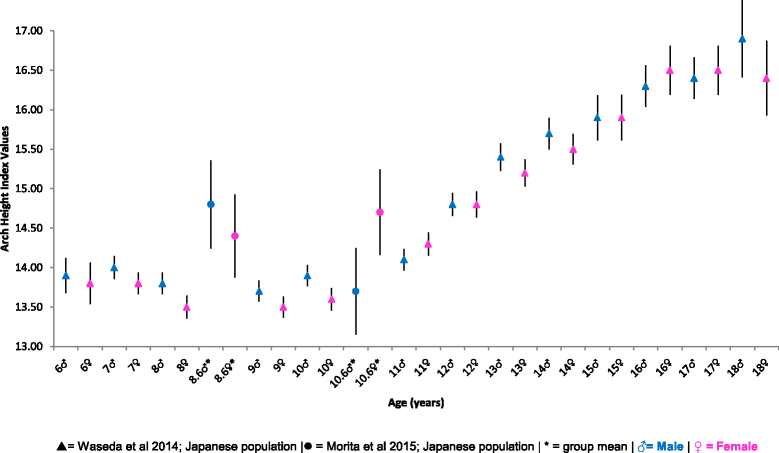
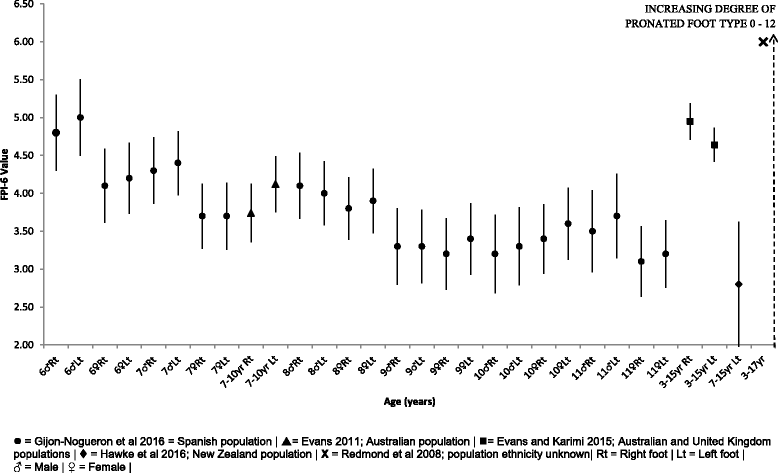
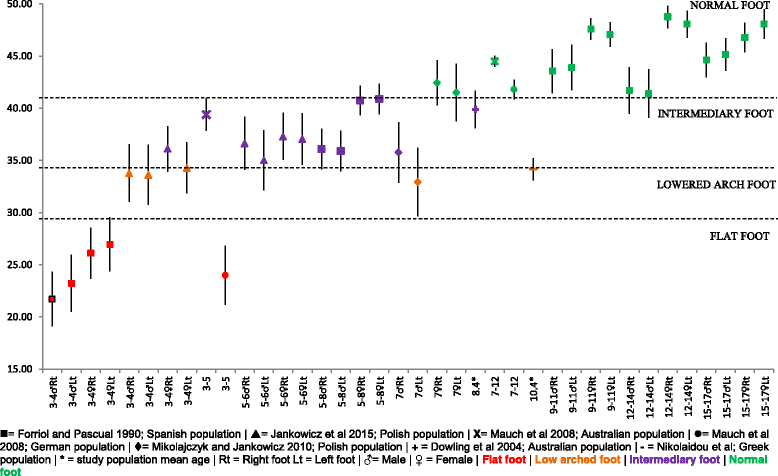


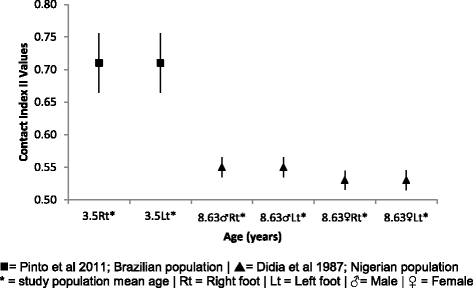
References
-
- Muller S, Carlsohn A, Muller J, Baur H, Mayer F. Static and dynamic foot characteristics in children aged 1-13 years: a cross-sectional study. Gait Posture. 2012;35(3):389–94. - PubMed
-
- Evans A, Rome K. A Cochrane review of the evidence for non-surgical interventions for flexible pediatric flat feet. Eur J Phys Rehabil Med. 2011;47(1):69–89. - PubMed
Publication types
MeSH terms
LinkOut - more resources
Full Text Sources
Other Literature Sources
Medical

